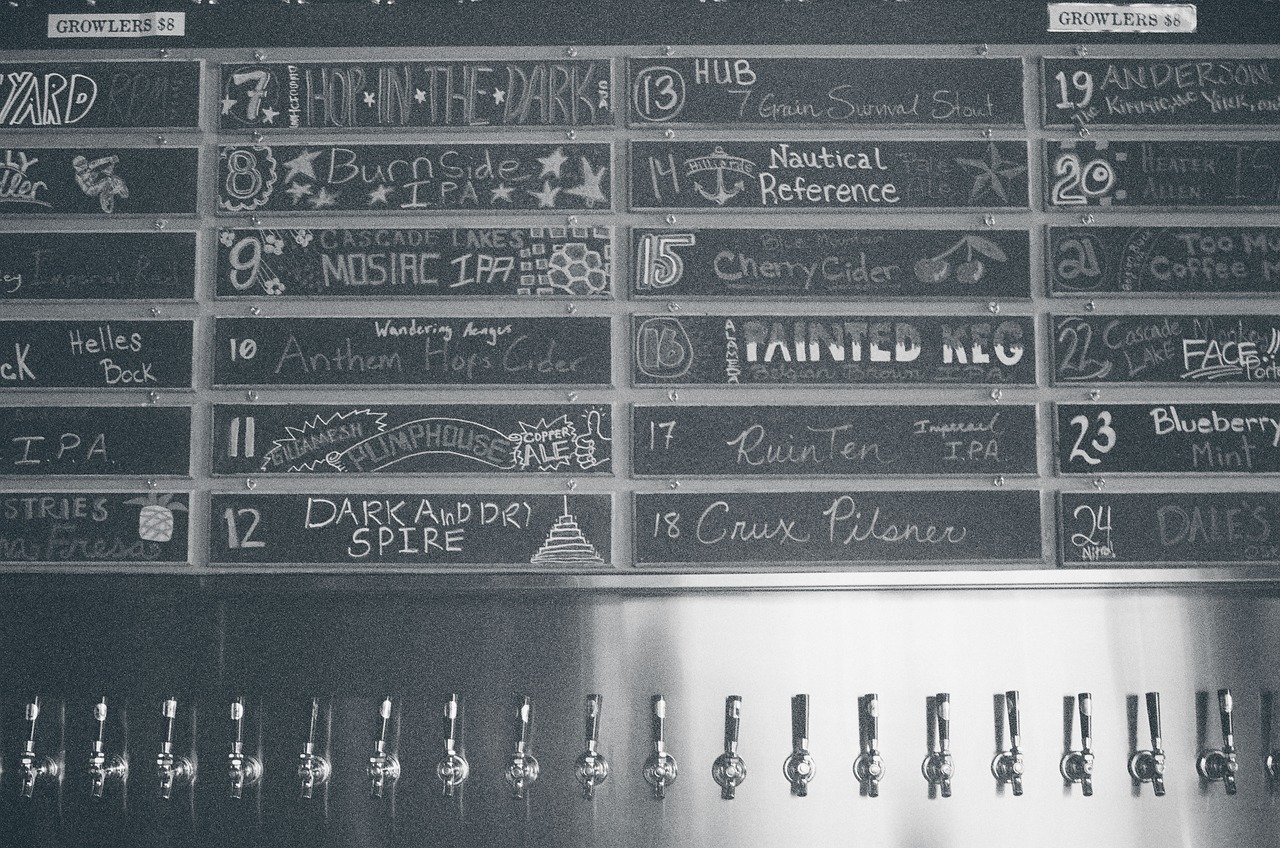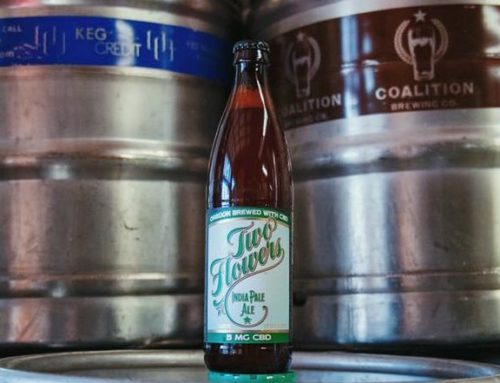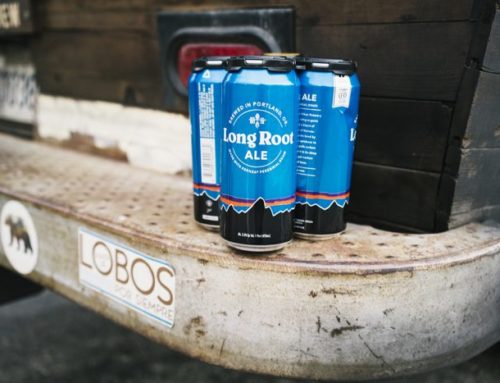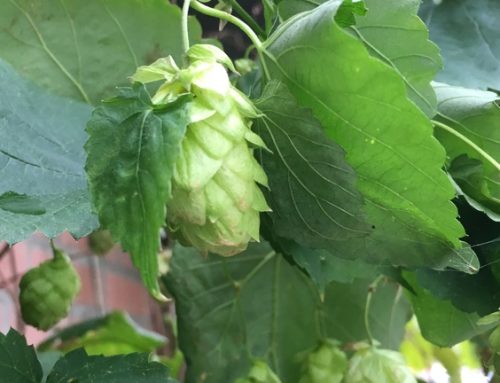American craft beer is relatively new when considering beer’s millenniums-old history, but where did “craft beer” get its start? It’s an industry that’s had its shares of ups and downs, but is currently an industry that rakes in $23.5 billion annually from over 5,000 breweries.
So how did craft brewing get so successful so fast? Well, like most industries, a few pioneers were key in it’s development.
Trailblazers of the Craft Beer Movement
Some credit Fritz Maytag, the great-grandson of the founder of home appliance giant Maytag Corporation, with the forging the path towards craft beer. More than 50 years ago, Maytag purchased and revived the failing Anchor Steam Brewery in San Francisco (which recently sold to Japan’s Sapporo).
However, it would be decades before other small upstart breweries entered the market. Early pioneering brands include Bell’s Brewing founded in 1983, Boston Beer (producer of Sam Adams) and Widmer Brothers both founded in 1984. These breweries helped jump start the craft beer scene in the US and served as inspiration for countless craft breweries.
Rise of Homebrewing
Prohibition era law prohibited amateurs from brewing beer higher than 0.5% ABV until 1978. It was at this time that President Jimmy Carter passed H.R. 1337, which legalized homebrewing.
Homebrewing opened the door for average Americans to experiment with different craft beer styles and techniques. This was a significant point in craft beer history since amateur beer-making inspired countless individuals to start their own craft business.
Microbrewery Booms
The late 1980’s and early 1990’s saw a huge increase in microbreweries across the United States. Craft beer was in high demand and microbrewery owners were making a lot of money.
Yet by the late 1990’s, the microbrewery boom had turned into a bust. Countless breweries and chain brewpubs were forced to close or merge, with craft beer demand sharply declining.
Microbreweries are clearly booming once again, with the number of new breweries increasing every year. Against the backdrop of increasing consolidation and growing power of large macro brews, microbreweries appear to be thriving.
However, another turn in the market may be on the horizon as recent high-profile failures such as Speakeasy in San Francisco and Commons in Portland indicate a weeding out of underperforming breweries. An alternative to going under may be corporate consolidation and M&A. Microbrewers Strange Brew and Wit’s End both located in the saturated Denver market recently announced their intention to merge operations.
It’s clear craft breweries are here to stay, but it’s competitive out there, so a weeding out seems inevitable.






